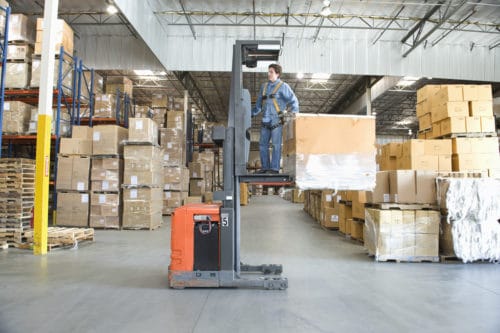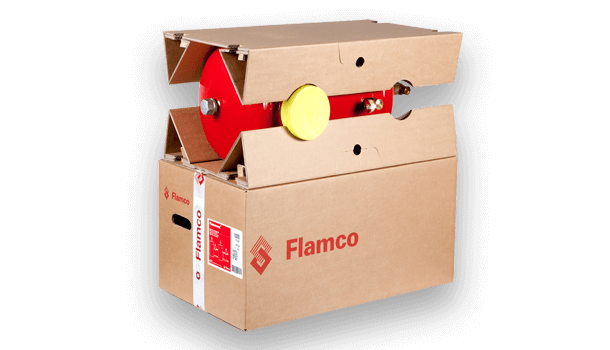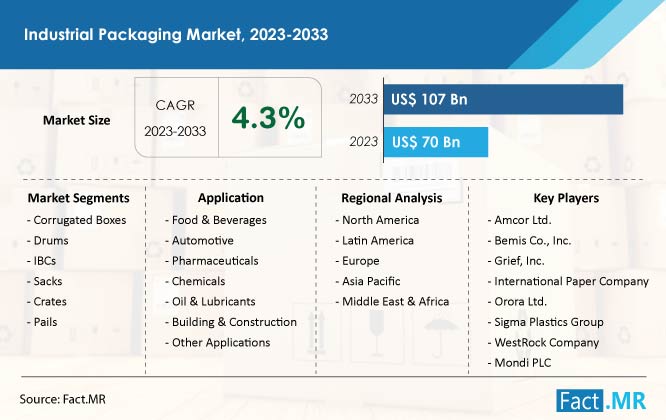Plastic Container Manufacturer Quality: Crafting Solutions for You
Effective Industrial Recycling Solutions for Sustainable Product Packaging: A Comprehensive Guide
That's where this comprehensive guide on efficient industrial recycling services for lasting packaging comes in. By exploring key areas such as product packaging product choice, making for recyclability, carrying out recycling facilities, working together with recycling partners, and monitoring and determining reusing success, this guide will certainly equip you with the understanding and tools needed to make informed decisions and drive positive adjustment within your organization. Whether you're a product packaging professional, sustainability manager, or merely interested in the topic, this guide will give important insights and strategies to help you browse the globe of sustainable product packaging.
Product Packaging Product Choice
The option of packaging materials plays a crucial duty in making certain the sustainability of industrial reusing remedies. When it concerns lasting packaging, the choice of materials is type in reducing ecological influence and optimizing reusing performance. Selecting the right products can help lower waste generation, conserve sources, and advertise a round economic situation.
One vital factor to take into consideration in product packaging material choice is recyclability - industrial metal packaging. Products that can be easily recycled and included back into the manufacturing cycle are chosen. Materials like cardboard, paper, glass, and specific types of plastics can be recycled multiple times without shedding their top quality. On the various other hand, materials that are difficult to reuse, such as combined plastics or non-recyclable composites, can produce challenges for the recycling process and might wind up in burners or landfills.
One more factor to consider is the usage of renewable and naturally degradable materials. Packaging made from renewable energies, such as plant-based plastics or biopolymers, can assist decrease reliance on nonrenewable fuel sources and alleviate climate change. In addition, eco-friendly materials damage down naturally over time, reducing the build-up of waste in garbage dumps.
In addition, the weight and volume of packaging products should be decreased to reduce transport prices and energy intake. Lightweight materials not just require fewer resources throughout manufacturing but likewise add to lower carbon exhausts during transport.
Designing for Recyclability
In order to make sure the recyclability of packaging products, thoughtful design is crucial. Designing for recyclability includes producing product packaging that can be quickly arranged, divided, and processed in recycling facilities. One important element of creating for recyclability is the option of products. Packaging designers ought to prioritize making use of products that are extensively approved for recycling and have established recycling facilities. Products such as glass, light weight aluminum, and certain sorts of plastic, like PET and HDPE, are frequently reused and ought to be chosen over products that are costly or challenging to reuse.
An additional crucial consideration in creating for recyclability is the removal of unneeded elements or products. By minimizing the variety of layers, layers, and added components, packaging can be made less complex and simpler to reuse. Additionally, designers need to intend to minimize the usage of blended materials, as they can make complex the recycling process.

Implementing Recycling Framework
Efficient execution of reusing infrastructure is essential for the success of industrial recycling solutions. Without proper framework in position, the recycling procedure comes to be inefficient and inefficient, preventing the general goal of lasting product packaging.
To carry out reusing infrastructure effectively, several essential factors need to be thought about. To start with, there need to be a well-organized collection system that assists in the splitting up and collection of recyclable materials. This can consist of marked recycling containers in public spaces, along with collaborations with waste management companies for curbside pick-up and sorting.
When gathered, the recyclable products require to be carried to reusing centers in a timely manner. This calls for effective logistics and transportation networks, ensuring that the products get to the suitable centers right away.
At the reusing centers, progressed sorting and processing innovations need to be in location to separate different kinds of materials properly. This includes making use of automated arranging machines, optical scanners, and hand-operated sorting methods.
Furthermore, there need to be a durable market demand for recycled products. This can dig this be achieved via partnerships with manufacturers and industries that make use of recycled products in their manufacturing processes. Developing a stable market for recycled products incentivizes the reusing industry and advertises the circular economic climate.
Working Together With Recycling Partners

One secret aspect of working together with reusing partners is the facility of clear interaction networks. It is essential to establish open lines of communication to help with the exchange of information, updates, and feedback. This enables both events to remain notified regarding the progression of reusing efforts and address any kind of difficulties or concerns that might arise.
Additionally, collaboration can entail joint efforts in creating and carrying out reusing programs. Reusing companions can provide valuable insights and guidance in establishing effective collection systems and establishing one of the most suitable recycling technologies. By interacting, organizations and reusing partners can maximize the recycling procedure and decrease waste.
In addition, partnership can extend beyond the operational aspects of recycling. It can additionally encompass campaigning for and education and learning campaigns. By joining forces, organizations and recycling companions can increase understanding concerning the significance of reusing and promote the adoption of sustainable packaging techniques amongst consumers and various other stakeholders.
Tracking and Measuring Recycling Success
To make sure the performance of industrial recycling services and the accomplishment of lasting product packaging objectives, it is important for organizations and their reusing companions to establish an extensive system for tracking and determining reusing success (plastic container manufacturer). Gauging and tracking recycling success allows organizations to analyze the impact of their recycling initiatives, recognize locations for enhancement, and established significant targets for future development
One method to track reusing success is via making use of information collection and evaluation devices. By gathering information on the quantity of product packaging waste produced, the portion of waste that is recycled, and the sorts of materials being recycled, businesses can gain valuable insights right into their recycling performance. This information can after that be examined to determine patterns, patterns, and locations of ineffectiveness.
Another important facet of monitoring and gauging reusing success check is establishing clear and standardized metrics. This enables businesses to contrast their efficiency versus market benchmarks and track their development in time. Metrics such as recycling prices, waste diversion rates, and greenhouse gas emissions can give a measurable procedure of a service's recycling success.

Verdict
To conclude, executing effective commercial recycling solutions for lasting packaging calls for cautious consideration of product packaging product choice, developing for recyclability, implementing reusing framework, collaborating with recycling partners, and monitoring and determining recycling success. By including these methods, services can add to an extra lasting and environmentally-friendly approach to packaging, minimizing waste and promoting the circular economic situation.
By exploring crucial areas such as product packaging product option, creating for recyclability, carrying out recycling facilities, collaborating with reusing companions, and tracking and determining reusing success, this overview will certainly equip you with the expertise and tools needed to make informed choices and drive favorable change within your company. Product packaging designers must prioritize the usage of products that are widely accepted for reusing and have actually established reusing facilities.Cooperation with reusing partners is necessary for the effective implementation of industrial reusing remedies and the achievement of lasting packaging goals. By joining pressures, organizations and recycling partners can raise understanding concerning the importance of recycling and advertise the adoption of sustainable packaging practices amongst customers pop over to this web-site and various other stakeholders.
By gathering data on the quantity of packaging waste created, the percentage of waste that is reused, and the kinds of materials being recycled, companies can acquire important understandings into their recycling performance.